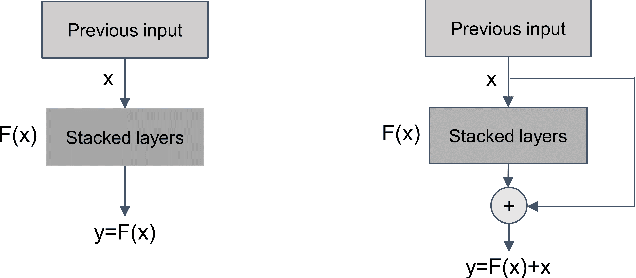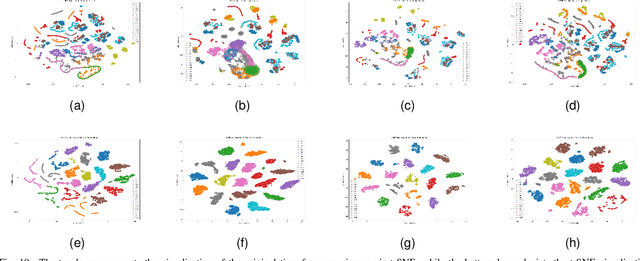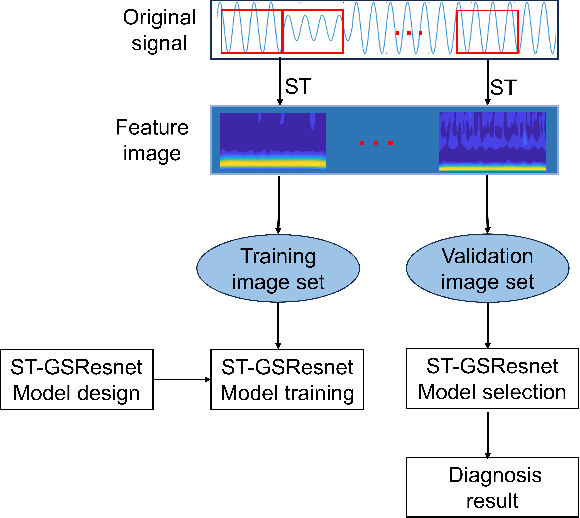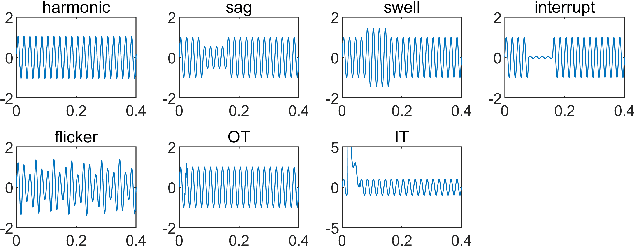Huilin Ge
Image-Conditional Diffusion Transformer for Underwater Image Enhancement
Jul 07, 2024



Abstract:Underwater image enhancement (UIE) has attracted much attention owing to its importance for underwater operation and marine engineering. Motivated by the recent advance in generative models, we propose a novel UIE method based on image-conditional diffusion transformer (ICDT). Our method takes the degraded underwater image as the conditional input and converts it into latent space where ICDT is applied. ICDT replaces the conventional U-Net backbone in a denoising diffusion probabilistic model (DDPM) with a transformer, and thus inherits favorable properties such as scalability from transformers. Furthermore, we train ICDT with a hybrid loss function involving variances to achieve better log-likelihoods, which meanwhile significantly accelerates the sampling process. We experimentally assess the scalability of ICDTs and compare with prior works in UIE on the Underwater ImageNet dataset. Besides good scaling properties, our largest model, ICDT-XL/2, outperforms all comparison methods, achieving state-of-the-art (SOTA) quality of image enhancement.
Classification of Power Quality Disturbances Using Resnet with Channel Attention Mechanism
Jul 02, 2024



Abstract:The detection and classification of power quality disturbances (PQDs) carries significant importance for power systems. In response to this imperative, numerous intelligent diagnostic methods have been developed. However, existing identification methods usually concentrate on single-type signals or on complex signals with two types, rendering them susceptible to noisy labels and environmental effects. This study proposes a novel method for the classification of PQDs, termed ST-GSResNet, which utilizes the S-Transform and an improved residual neural network (ResNet) with a channel attention mechanism. The ST-GSResNet approach initially uses the S-Transform to transform a time-series signal into a 2D time-frequency image for feature enhancement. Then, an improved ResNet model is introduced, which employs grouped convolution instead of the traditional convolution operation. This improvement aims to facilitate learning with a block-diagonal structured sparsity on the channel dimension, the highly-correlated filters are learned in a more structured way in the networks with filter groups. By reducing the number of parameters in the network in this significant manner, the model becomes less prone to overfitting. Furthermore, the SE module concentrates on primary components, which enhances the model's robustness in recognition and immunity to noise. Experimental results demonstrate that, compared to existing deep learning models, our approach has advantages in computational efficiency and classification accuracy.
 Add to Chrome
Add to Chrome Add to Firefox
Add to Firefox Add to Edge
Add to Edge